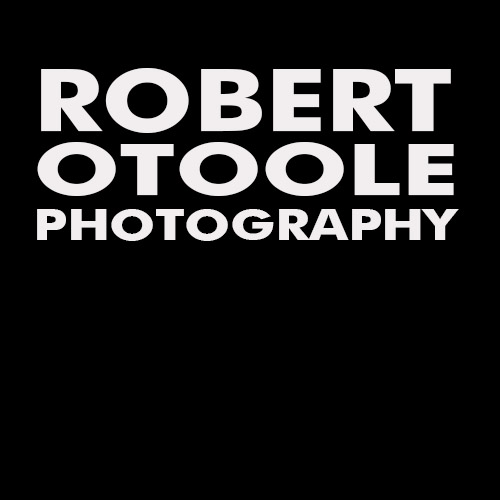My Jobu Jr.3 gimbal head macro set up
My Jobu Jr.3 gimbal macro tripod set up with Nikon D800E and Sigma 180mm f/2.8 EX DG APO OS Macro. Image copyright 2012 Robert OToole Photography
Handholding is my favorite way to shoot macro but I have to admit there are plenty of times where a tripod is the best choice. First of all some people just cannot handhold for long periods. Other techniques such as focus stacking or setting up a certain image framing require it. Thankfully I have discovered a way to shoot with my 180 and 150 macro lenses that works great for macro and normal photography. I have been using a Jobu Design JR.3 gimbal head with my macro set up for some time now with excellent results. The balance is so good that with the controls in the unlocked positon you can let go and and the rig will not fall over, it just stays where you leave it. Also the big advantage of a set up like the image above is that you can rotate to vertical easily with changing anything other than loosening the tripod mount, even the flash position stays put.
My gimbal macro tripod set up on the right side. Image copyright 2012 Robert OToole Photography
When set up with the gimbal upright on the right side as in the image above you have unhindered access to the focus ring and controls. The clearance on the right side is a little close but does not cause any problems or finger pinching.
As you can see in the image above I use the Sigma 180mm lens without a hood most of the time because it can be a problem to light the subject with the hood attached.
My gimbal macro tripod set up on the right side. Image copyright 2012 Robert OToole Photography
I prefer to use the Jobu JR 3 in side mount mode as you can see clearly in the image above. It ships in bottom mount configuration but can easily be changed with supplied hex key (or allen key).
This is the breakdown of my basic macro tripod set up with the Sigma 180mm f2.8 OS macro lens.
If you are interested in purchasing a Jobu JR.3 let me know via email. I have a discount code you can use to save $50 on this head and 15% discount on anything on the Jobu site.
More on the JR.3 gimbal head on the Jobu site:
http://www.jobu-design.com/catalog/item/2588354/7937720.htm
More about the lens on the Sigma site:
http://www.sigmaphoto.com/shop/apo-macro-180mm-f28-ex-dg-os-hsm
All content (including text, design, photos, layout, and graphics) are copyright © 2012 Robert OToole. All rights reserved.
